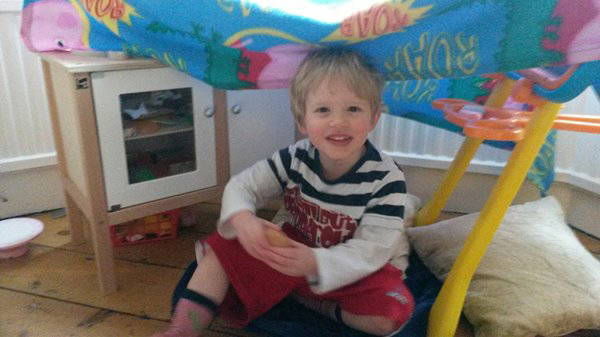Why do young children do what they do? Have you seen a toddler repeat an activity over and over again – tipping over the Lego box and emptying its contents on the floor, swishing the paint around in a circle, rolling their toy car over the uneven tiles and refusing to stop? It’s actually all part of their essential brain development and is called a schema.
What is a schema?
“A schema is a pattern of repeated actions. Clusters of schemas develop into later concepts” (Athey, 2007).
Schemas are often described as children’s fascinations. There are many different types. Sometimes the activities may seem a little strange or even irritating to adults, but to the child, it’s a necessary step in their understanding of the world and themselves.
Each child is different, and some may display more than one schema while others show none at all.
Schemas can be observed, identified and understood by you as an early years practitioner and give you a better awareness of each child’s current interests and ways of thinking.
What types of schema are there?
There are many different type schema and here are some of the most common:
- Trajectory – creating lines in space by climbing up and jumping down. Dropping items from up high.
- Positioning – lining items up and putting them in groups.
- Enveloping – covering themselves or objects completely. Wrapping items up or placing them in containers.
- Rotating – enjoys spinning items round and round. Likes to run around in circles or being swung round.
- Enclosing – adding boundaries to play areas e.g. fences around animals. Adding borders to pictures.
- Transporting – carrying or moving items from one place to another; carrying items in containers or bags.
- Connecting – setting out and dismantling tracks, constructing, joining items together with tape or glue.
- Transforming – exploring the changing states of materials, transforming them from a solid to liquid state and back again.
- Orienteering – an interest in positioning themselves or objects in different places or positions e.g upside down or on their side.
Enclosing schemas
One of the nine different schemes includes enclosing.
A child will form enclosures either around themselves such as building a fence or boundary around their play area, or they may enclose items in boxes or other containers.
Through this schema, children are showing their interest in ordering and organising things and spaces. They may also be developing their understanding of how things might get in and out of the enclosures.

“I find that enclosing is all about thinking how to make physical boundaries, both on a large and small scale. Resources do not need to be expensive; I am often on the lookout at charity shops, boot sales and scrap stores. I often put a basket of bricks alongside small world play so an encloser can create walls, fences, houses, hedges and car parking spaces. It’s a simple way to encourage this schema on a small scale. A more physical activity may be creating various enclosures in the environment using materials, pegs, strings, crates and boxes. Providing new and interesting resources for free play enables a child learning through an enclosure schema the freedom to create their own area. In this way, the adult is facilitating the play rather than leading it. “
Charlotte Greeno, Childminder
Resources
Factsheet: Schemas. Our members’ resource all about schemas, what they are, what they mean for you and a reflective task to try in your setting.
Schemas: creating connections in the child’s world. Want to learn more about schemas and how to explore them with children and their parents? Read more in our blog from Dr Virginia Lumsden, a clinical psychologist working with children, young people and their families.
